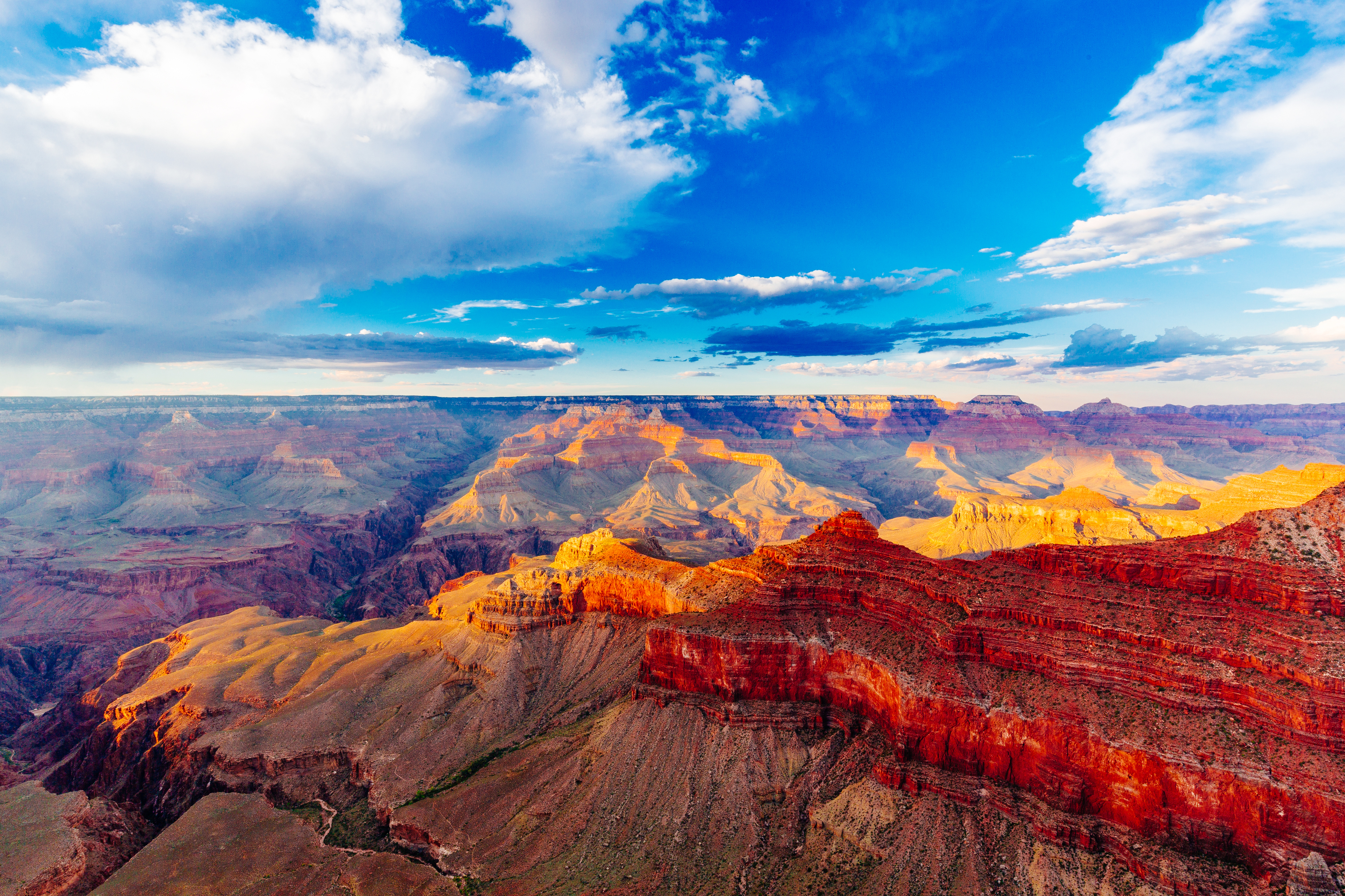
How Nature Has Us Seeing Red
Red is a powerful color. It symbolizes danger and courage, as well as love and happiness. It also holds a special place in our hearts (and our logo) here at SBC. The color’s link to blood and its importance accounts for some of these connections. But where in the world (and beyond) do we run into red?
Hemoglobin: An iron-containing protein pigment occurring in the red blood cells and functioning primarily in the transport of oxygen from the lungs to the body tissues
How We See It
Blood donors see this all the time! In the medical history, hemoglobin is tested with a prick of the finger, and a small dot of red blood is visible. Then, once in the chair, a bag is collecting the gift of life, wrapped in red.
Hematite: A reddish-brown to black mineral consisting of ferric oxide, constituting an important iron ore, and occurring in crystals or as earthy red ocher
How We See It
In geology, we see bands of iron formations in the layers of sedimentary rock of the Grand Canyon. The hot springs of Yellowstone National Park also feature the rusty presence of hematite. In planetary science, Mars is known as the red planet for its abundance of the mineral.
Anthocyanin: Any of various soluble glycoside pigments producing blue to red coloring in flowers and plants
How We See It
Autumn leaves get their vibrant colors through a process in which chlorophyll production stops and the leaves’ colorful pigments are revealed. Orange, yellow and red pigments appear, with red and purple produced by anthocyanin.
The color red brings us life in the medical realm, beauty in natural settings, and cues to the arrival of the fall season. At SBC, it is evidence that lives are saved and enhanced every day.
https://stanfordbloodcenter.org/education/glossary.php
https://www.merriam-webster.com/dictionary/hematite
https://science.nasa.gov/science-news/science-at-nasa/2001/ast28mar_1
http://www.newworldencyclopedia.org/entry/Hematite
https://www.merriam-webster.com/dictionary/anthocyanin
http://www.esf.edu/pubprog/brochure/leaves/leaves.htm
